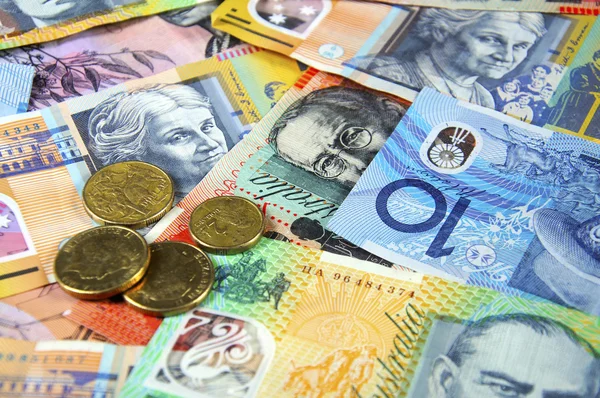Australian dollar goes sideways while the US dollar strengthens due to heightened risk aversion.
On Wednesday, the Australian Dollar (AUD) struggled to maintain its gains from the previous session. However, the AUDUSD pair was under pressure as the US Dollar (USD) rose amid higher Treasury yields. The growing likelihood of Donald Trump winning the president has raised market risk aversion, putting additional pressure on US Treasury bonds to fall.
Aussie may rise since the RBA widely expected to maintain its aggressive monetary policy.
The downside for the Australian Dollar may be containe due to hawkish attitude about the Reserve The Bank of Australia (RBA), supported by solid employment data. China’s recent rate reduction provided additional support to the Australian dollar, as China remains Australia’s major trading partner.
US dollar supported by growing prospects of a nominal rate drop by the Fed in November.
The US dollar rises as recent evidence of economic resiliency and concerns about a potential rebound of inflation reduce the likelihood of a major rate drop by the Federal Reserve in November.
According to the CME FedWatch Tool, there is a 91% chance of a 25-basis-point rate cut, with no anticipation of a 50-basis-point reduction.
Daily Market Movers: Australian Dollar Loses Ground Due to Higher Risk Aversion.
Australian Dollar (AUD) struggled to maintain its gains from the previous session. The rates on US Treasury bonds for two and ten years are 4.04% and 4.21%, respectively, as of this writing.
On Monday, the Federal Reserve Bank Minneapolis President Neel Kashkari stated that the Fed is actively monitoring the US job market for signals of sudden disruption. Kashkari cautioned investors to expect gradual rate reduction in the coming quarters, implying that any monetary easing would be moderate rather than forceful.
San Francisco Fed President Mary Daly endorsed additional easing, noting that she saw no reason to stop lowering interest rates. In contrast, Kansas City Fed President Jeffrey Schmid took a more cautious stance, recommending moderation in substantial rate decreases and highlighting that the labor market is normalizing rather than deteriorating..
RBA Deputy Governor Andrew Hauser spoke at the CBA 2024 Global Markets Conference in Sydney, expressing some surprise at the rate.
On Monday, RBA Deputy Governor Andrew Hauser spoke at the CBA 2024 Global Markets Conference in Sydney, expressing some surprise at the rate of employment growth. Hauser The labor participation rate is unusually high, and the RBA is data-dependent, but not data-obsessed.
The People’s Bank of China (PBoC) cut the 1-year Loan Prime Rate (LPR) to 3.10% from 3.35%, and the 5-year LPR to 3.60% from 3.85%, as expected. Lower borrowing costs are expected to boost Chinese domestic economic activity, potentially raising demand for Australian goods.
In a report last week, National Australia Bank updated its Reserve Bank of Australia (RBA) projections. “We have brought forward our expectations for the timing of rate cuts, now anticipating the first cut in February 2025, instead of May,” according to the bank. They continue to forecast steady reduction, with rates likely to fall to 3.10% by Early 2026.









